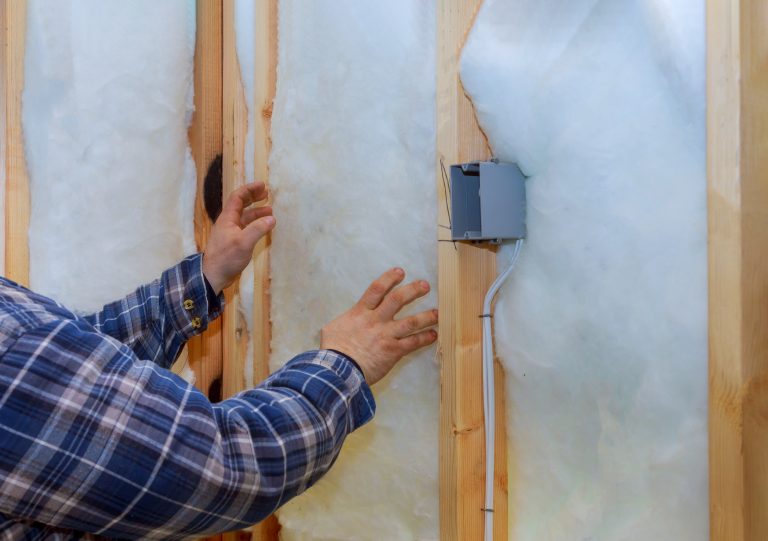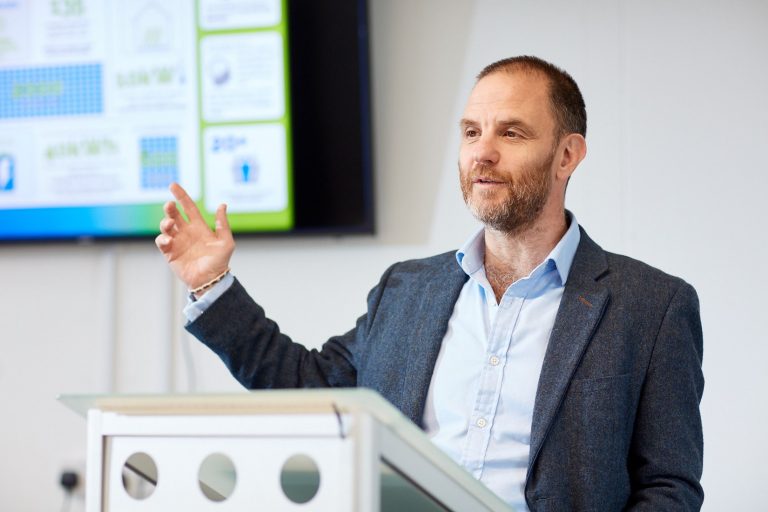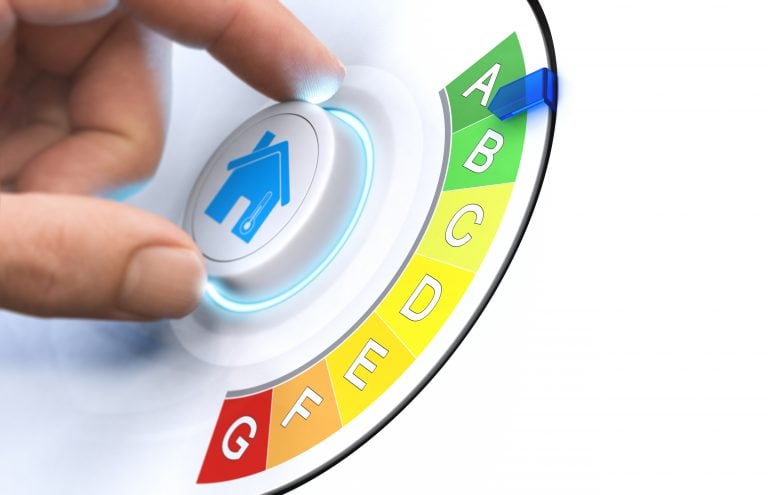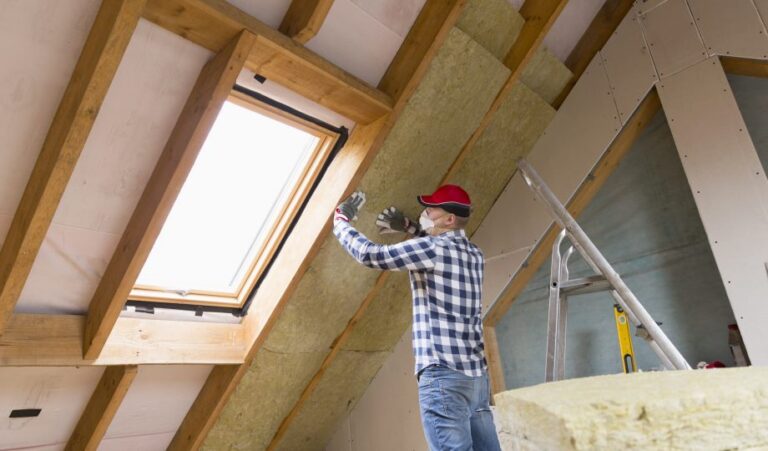The Importance of Retrofitting in Advancing Net Zero

The operation of buildings accounts for around 15% of UK carbon emissions. A considerable portion of which is attributable to our homes. Reducing carbon emissions from existing homes represents one of the biggest challenges facing the UK in our transition to a net zero economy by 2050. In fact, greening the UK’s housing stock would mean retrofitting 1 million homes every single year for the next 30 years. That’s 5x more homes than we currently build and likely 10x the investment behind HS2.
The retrofitting process essentially means improving a building to make it more energy efficient. But the full implications can be confusing. For example, what impacts will this have, not just on carbon emissions but also on a host of other issues like health, jobs and fuel poverty? We know that retrofit can reduce carbon emissions, energy use and utility bills – but what reductions are actually being achieved? We know that good retrofit can improve indoor air quality and thermal comfort – but is this happening in reality? We know that retrofit creates local jobs – but how many jobs and do we have the skills? We know that retrofit costs a lot – but how much money are we spending and what financial savings are we enjoying?
The Build Upon 2 (BU2) programme aims to answer these questions by measuring the many impacts of building retrofit. For the past 18 months, UKGBC has been working with BPIE, Climate Alliance and 7 other European GBCs to build the BU2 Framework. This framework has been designed to help cities and councils across Europe measure the environmental, social and economic impacts of their retrofit programmes in a simple and standardised way.
We have collaborated with experts across the construction industry, alongside 8 pilot cities from across Europe, to develop a suite of measurable ‘indicators’. We’ve also defined how each of these indicators should be measured in a simple and affordable manner. The framework can be used at a city level: what reductions in a city’s carbon emissions can be attributed to retrofit work across the city? It can also be used at a project level: what reduction in carbon emissions was achieved from retrofitting 300 homes?

We’re now working closely with UKGBC Member Leeds City Council to pilot the framework on three large-scale retrofit projects. These projects will see the retrofit of 750+ houses with insulation among other energy efficiency measures. These projects start on site in spring 2021 and will complete in late 2022.
With Leeds Beckett University, we have developed a simple data collection strategy, so that Leeds City Council can collect the data required to analyse their projects’ impacts. This data includes:
- pre and post-retrofit EPCs;
- pre-retrofit fuel bills and post-retrofit meter readings;
- degree-day weather data;
- contractor’s information;
- pre and post-retrofit occupant questionnaires; and,
- MCS calculations (if PV is being installed).
For ease of use, we’ve then outlined what information is required from the contractor and have developed occupant questionnaires. Contractor liaison officers will carry out these questionnaires just before retrofit and 12 months post completion.

Following this simple strategy, Leeds will be able to evaluate not just the modelled, predicted impacts but also the real, measured impacts of their retrofit projects across a host of indicators. These include:
- carbon emissions;
- energy consumption;
- indoor air quality; thermal comfort;
- money invested;
- jobs supported; and,
- financial savings.
We’re now working with three follower councils – Essex County Council, London Borough of Hammersmith & Fulham and Cambridge City Council – who intend to pilot the framework on some of their retrofit projects.
Our aim is to make simple data collection and analysis the norm. If we have this information, we can learn from the successes and mistakes of past retrofit projects. Additionally, we can inform policy and a build business case for future retrofit projects, which will be essential if we’re to stand a chance in achieving a zero-carbon built environment by 2050.
Related
Addressing fuel poverty with data-driven retrofits

Energy price hike: Time for an emergency support and long-term fix

Why widespread housing retrofit is a no-regrets option for tackling rising energy bills

EPCs are the start of a narrative – how does the story continue?


